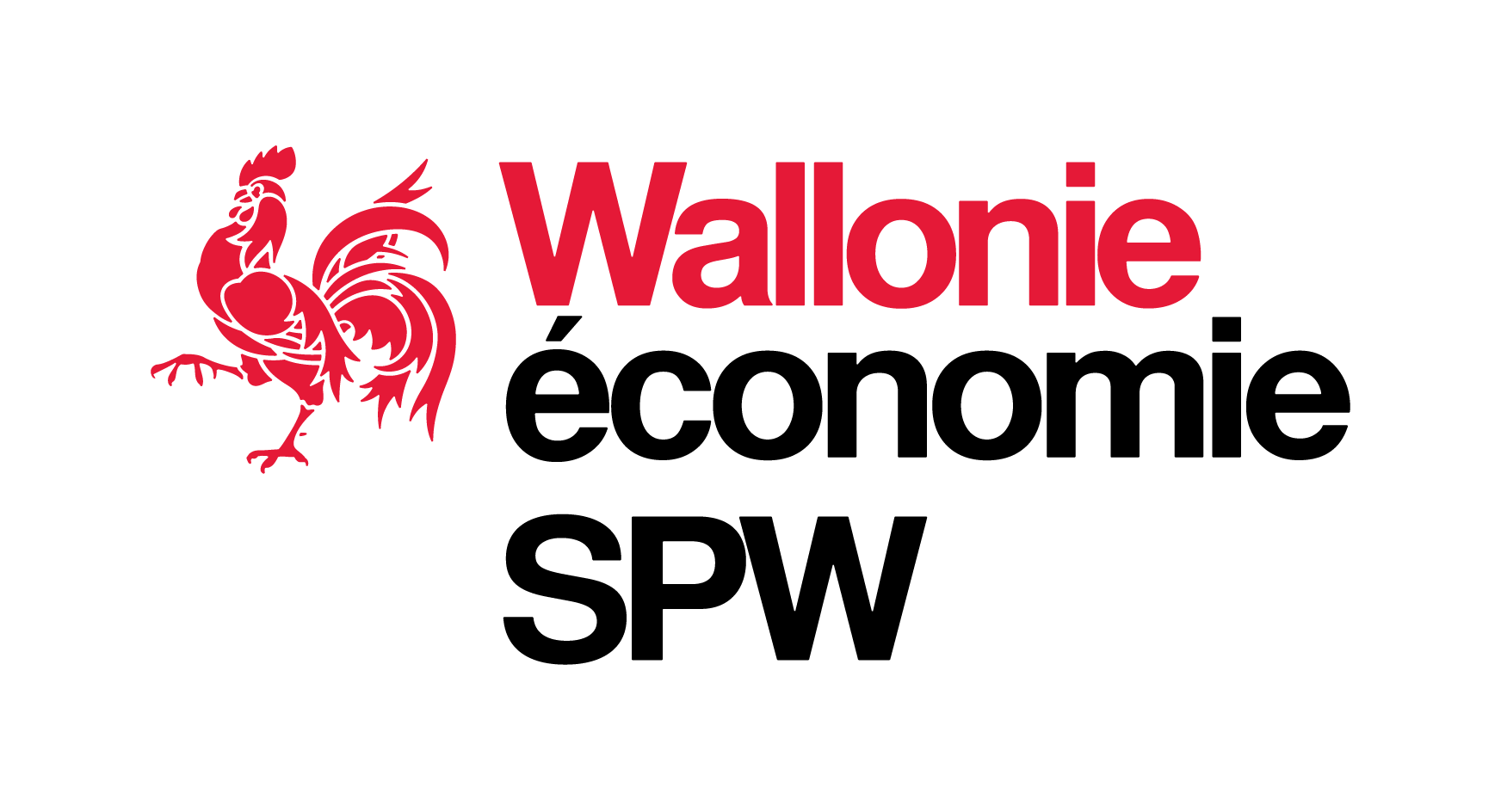Which operating site is considered the main place of business?
Of all your operating sites, the main place of business is the one that employs the most staff. To assess this criterion, our teams use a 'DmfA' document (Multifunctional Declaration). This is a document that lists all the workers employed by a company and their related place of business. You can request this document from your social secretariat.
What do the regulations mean by "advice"?
The business vouchers scheme is based on three distinct pillars: training, coaching and advice. Advice services must consist exclusively of:
- Written advice and recommendations, consisting of a problem analysis, advice, an implementation plan and support in implementing the plan.
- Written advice and recommendations intended to identify, map out and examine opportunities and solutions relating to the project/business operations
- A study intended to provide the company with knowledge in response to a specific request for technological knowledge relating to a product, process or service, thereby transferring innovation knowledge that the company does not currently have, or not sufficiently.
The advice pillar therefore excludes actual production.
What are the criteria for an SME?
An SME (small or medium-sized enterprise) is a company that employs fewer than 250 people and has an annual turnover under €50 million or a total balance sheet that does not exceed €43 million. Are you an SME?
Should proof of tax payment be kept in the vehicle?
No. Thanks to the plate scanners of inspection vehicles linked to our database, we can directly identify registrations in default of payment. However, it remains a security.What are the legal requirements to be complied with?
Before analysing your request to increase rates, we check that you are compliant with the following legal obligations:
- the existence of a person responsible for receiving customer complaints within the company. (Art. D201 Belgian Water Code)
- the existence of quarterly payments for the water bill. (Art. D30 Belgian Water Code)
- the application of the pricing structure referred to in the Belgian Water Code. (Art. D228 Belgian Water Code)
- the existence of a valid overview diagram for the delivery of water. (Art. R264 Belgian Water Code)
- the existence of a valid internal emergency and intervention plan in the event of an event affecting drinking water quality. (Art. R262 Belgian Water Code)
- the transmission of information to customers on the actions used to prevent the wear and tear of water meters. (Art. D198 Belgian Water Code)
- the transmission of useful information to customers about protecting installations following a variation in pressure or removal of service. (Art. D206 Belgian Water Code)
- the statement of connections where pressure is non-compliant (less than 2 bar or more than 10 bar) or where the flow is not compliant (< 300 l/h). (Art. R270 b-6 Belgian Water Code)
- the existence of a schedule for making connections compliant that do not meet the pressure and flow conditions. (Art. R270 b-6 Belgian Water Code)
- informing the public about the current technical and administrative taxes and rates. (Art. D209 Belgian Water Code)
- the transmission to the DGARNE (Directorate-General for Agriculture, Natural Resources and the Environment) of a water quality control programme. (Art. D188 and R258 Belgian Water Code).
- the transmission of the results of the water quality analyses to DGARNE. (Art. R260 Belgian Water Code)
- transmission of the activity report of the SPGE Water Social Fund. (Art. R311 Belgian Water Code)
Why regulate rate rises?
Drinking water distribution companies are subject to a rate control due to their highly monopolistic nature. Any price change requires the approval of the Regional Economy Minister. This guarantees fair and equitable prices for all Walloon residents.
Frequently asked questions about abnormal transport and authorization requests (only available in French)
The document contains a list of frequently asked questions about abnormal transport and authorization requests, and the answers (only available in French)
